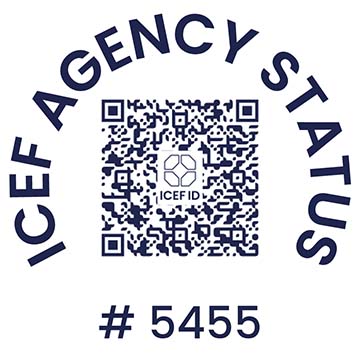Why Study in the USA?
The United States is one of the most sought-after destinations for international students, known for its diverse academic programs, world-class institutions, and vibrant cultural environment. Here’s why studying in the USA could be an excellent choice for you:
- World-Leading Universities The USA is home to many of the world’s top-ranked universities, including Harvard, MIT, and Stanford. These institutions are renowned for their academic excellence, cutting-edge research, and extensive resources
- Diverse Academic Programs: With over 4,000 higher education institutions, the USA offers a vast array of programs across all disciplines. Whether you’re interested in engineering, business, arts, or sciences, you’ll find programs tailored to your interests and career goals.
- Innovative Research Opportunities: American universities are known for their research capabilities and contributions to various fields. As a student, you’ll have access to state-of-the-art facilities and opportunities to engage in groundbreaking research.
- Cultural Diversity: The USA is a melting pot of cultures, offering a rich and diverse experience. You’ll interact with students from around the world, broadening your global perspective and fostering cross-cultural understanding.
- Campus Life: American universities are known for their vibrant campus life, including extracurricular activities, student organizations, and sports. This dynamic environment enhances your overall educational experience and helps you build a strong network.
- Career Opportunities: The USA offers numerous opportunities for internships and work experience during your studies. The Optional Practical Training (OPT) and Curricular Practical Training (CPT) programs allow you to gain practical experience in your field, which can be valuable for your future career.







